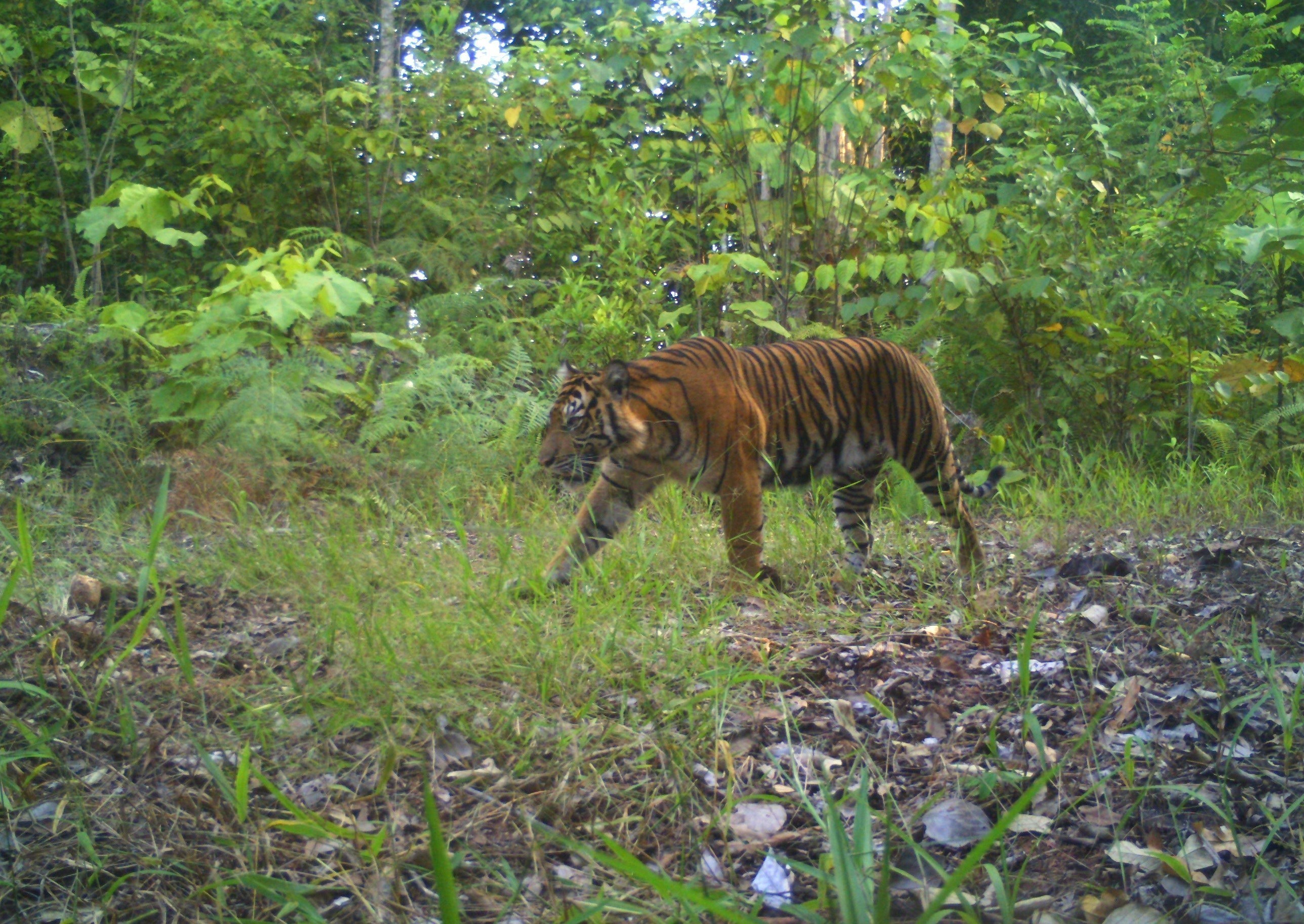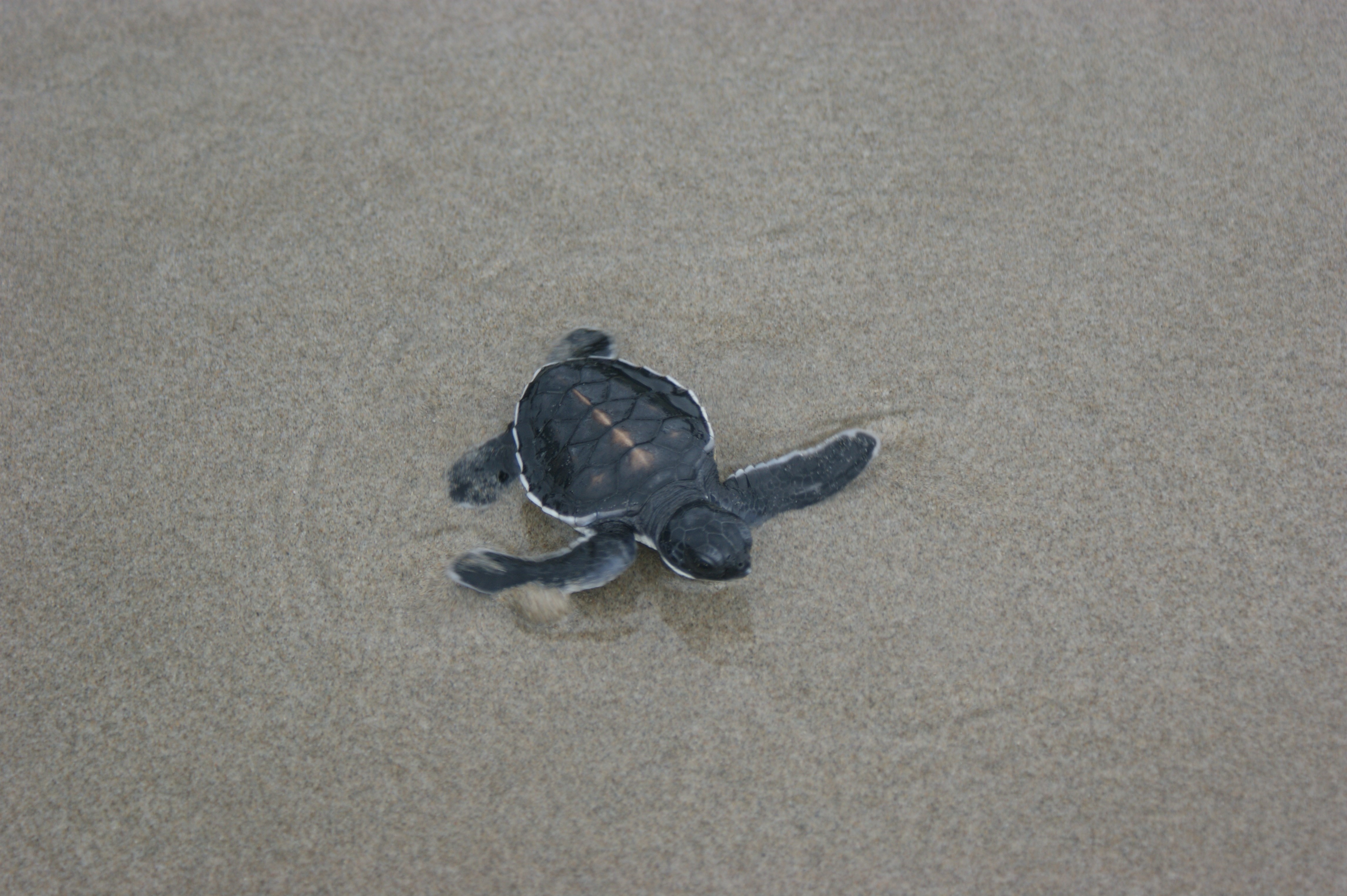- SIPEF
- Sustainability
- Biodiversity & Landscape Initiatives
Sustainability
- Sustainability Approach
- Certifications
- Traceability & Supply Chain Management
- Positive Social Impacts
- Best Management Practices
- Research & Development
- No Deforestation
- Smallholders
- Biodiversity & Landscape Initiatives
- SIPEF Corporate Policies
- Sustainability Reporting & Stakeholder Engagement
- Grievances - SIPEF group
- Report a grievance
- Links
Biodiversity and Landscape Initiatives
SIPEF operates in ecologically rich regions, home to tropical forests and high levels of biodiversity. Recognising its unique position, the Group is committed to protecting and enhancing all natural ecosystems while reducing climate-related impacts. This includes decoupling deforestation from agricultural production and embedding sustainable land-use principles across all operations.
The Group’s commitments are articulated in its Responsible Plantations Policy (RPP) and Responsible Purchasing Policy (RPuP), which set clear requirements for responsible land management, biodiversity conservation and sustainable sourcing throughout the supply chain. These policies are supported by comprehensive High Conservation Value (HCV) and High Carbon Stock (HCS) assessments, ensuring that ecological and cultural landscapes are identified, protected and monitored.
SIPEF’s biodiversity approach is built around two strategic pillars:
- Conserving high-value ecosystems through No Deforestation and No Development on Peat (NDP) policies, and by protecting and monitoring designated set-aside areas.
- Enabling integrated landscape initiatives that combine conservation, restoration and sustainable livelihoods to build climate-resilient production landscapes.
Conservation areas within SIPEF’s concessions
Within its concessions in Papua New Guinea and Indonesia, SIPEF has permanently set aside thousands of hectares of HCV and HCS areas as conservation zones.
- HCV areas are natural habitats with important biological, ecological, social or cultural values. These areas are identified and managed to maintain or enhance biodiversity, ecosystem services, and sites of significance to local communities, in line with RSPO and HCV Network guidance.
- HCS forests are tropical forests recognised for their role in carbon storage, biodiversity and community use. The HCS Approach distinguishes these areas from land suitable for development and supports their conservation to halt deforestation, particularly in the palm oil sector.
SIPEF’s commitment to conserving HCV and HCS areas ensures that these irreplaceable ecosystems remain intact, support biodiversity, sequester carbon and uphold community
Integrated Landscape Management Programmes
SIPEF has a strong track record of designing and implementing ambitious biodiversity and landscape initiatives near its operations in Indonesia. These programmes combine conservation, forest restoration and sustainable livelihoods to protect high-value ecosystems while supporting community wellbeing and climate resilience.
SIPEF Biodiversity Indonesia (SBI)
A 12,672-hectare forest conservation programme adjacent to Kerinci Seblat National Park, SBI holds one of only 16 ecosystem restoration concessions in Indonesia. The project focuses on biodiversity monitoring, reforestation of degraded land and community engagement to reduce illegal activities such as logging, poaching and encroachment.
As of 2024, SBI has restored 286 hectares of degraded land and supported 376 smallholder farmers through agroforestry programmes. Since 2016, over 91,000 native trees have been planted, and camera traps have recorded rare wildlife including clouded leopards, Malayan sun bears, and the critically endangered Sumatran tiger. Tiger monitoring is carried out in collaboration with the Zoological Society of London (ZSL) and local NGO SINTAS. ZSL has profiled the SBI project as an example of how companies can support conservation in tropical agriculture and forestry (read more here).
SIPEF has set a target to restore 1,123 hectares of degraded land within SBI by 2033, reaffirming its long-term commitment to conservation and community-led landscape management.

Sea Turtle Conservation Project
Operating since 2007 along a 5-kilometre stretch of beach in Sumatra, this community-led initiative protects nesting sea turtles by collecting eggs, incubating them in controlled facilities and releasing hatchlings safely into the ocean. The project is jointly managed by the SIPEF Foundation and local communities, in collaboration with the Bengkulu forestry department.

New Britain Sustainable Landscapes Initiative (NBSLI)
Building on its experience in Indonesia, SIPEF is planning to pilot a new initiative in Papua New Guinea, the New Britain Sustainable Landscapes Initiative (NBSLI). The initiative would aim to integrate forest conservation, sustainable land use and inclusive development at a landscape scale.
Community engagement and alternative livelihoods
SIPEF works closely with smallholders and local communities to promote inclusive development and reduce environmental pressures. By supporting alternative livelihoods, the Group helps diversify income sources, build resilience and maintain sustainable land use.
In Indonesia, community initiatives are embedded within conservation programmes like SBI, where farmers engage in agroforestry and food garden projects that contribute to both household income and forest protection.
In Papua New Guinea, SIPEF’s community engagement efforts focus on minority stakeholder groups who do not directly benefit from oil palm production, including women, youth and older persons. These groups are encouraged to participate in service activities and receive training in life skills, financial literacy and employability. SIPEF also encourages the formal registration of youth associations, which enable them to access contracts and financial services. Income-generating initiatives, such as turmeric farming, are promoted, alongside community-led conservation actions. A few of these groups are now actively engaged in environmental initiatives, including mangrove restoration and the protection of buffer zones near ecologically important sites such as Barema Waterfall and Pale Beach, a known turtle nesting area. These activities aim to strengthen coastal resilience and promote environmental stewardship.
Ongoing monitoring and community feedback guide the development of these programmes, ensuring they respond to local needs while contributing to broader conservation and sustainability goals.